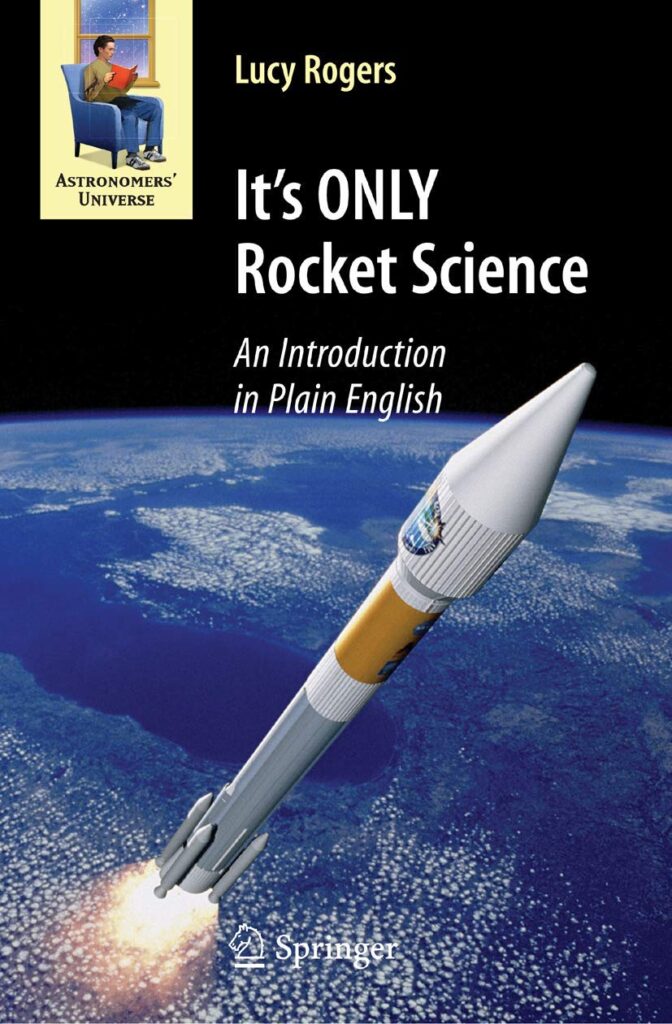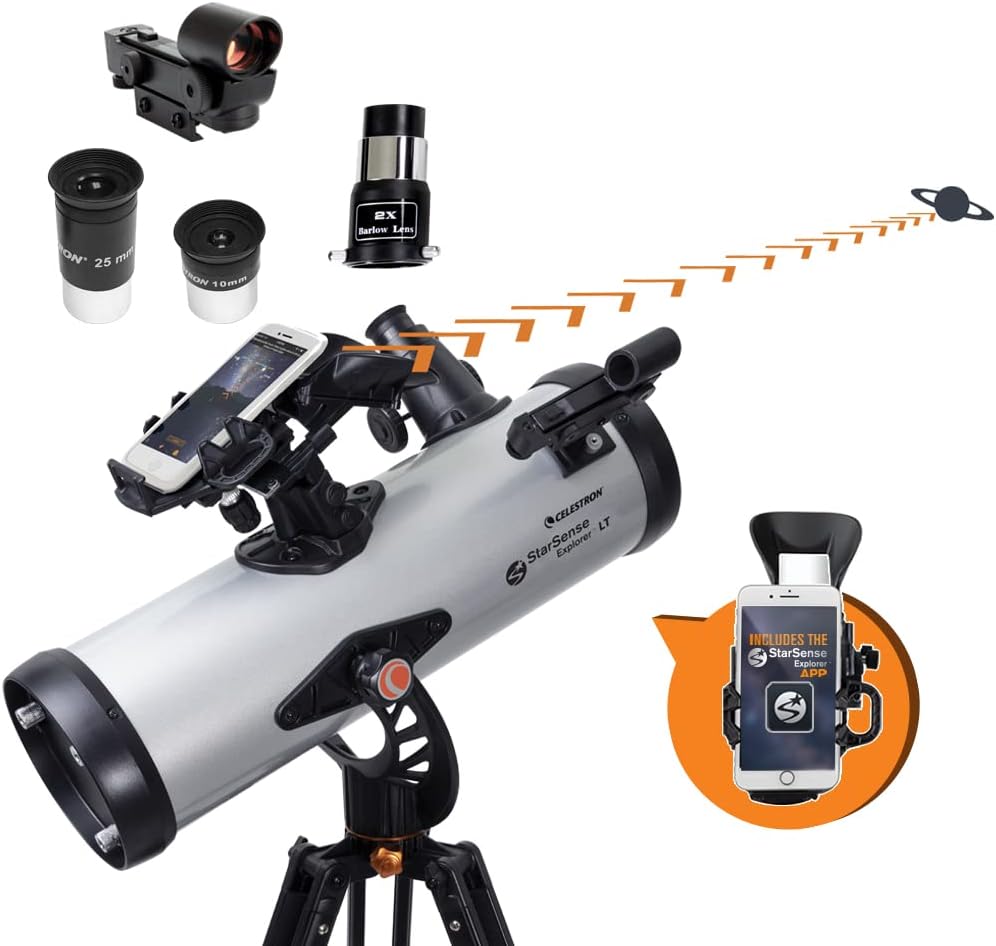US Shocked! Iranian Space Tech Could Make Ballistic Missiles Carrying Nuclear Warheads Or ICBMs
Iran could employ the same technology it uses for the missiles in its space program to make ballistic missiles carrying nuclear warheads, Israeli officials said Wednesday. It could also use this technology to significantly expand the range of its conventional missiles, they added. Israeli officials say that two of the rockets Iran has developed for launching satellites into orbit – the Zoljanah and the QAEM-100 – have similar capabilities, including engines and fuel tanks that can accommodate solid fuel. Thus by using them, Israeli officials say, Iran can learn lessons that it could then apply to military purposes. If a military version of either of the two rockets is produced, it could carry a half-ton warhead over a distance of more than 4,000 kilometers. Building an intercontinental ballistic missile (ICBM) with such a range is one of Iran’s strategic goals. An operational ICBM could add Europe to the list of countries threatened by Iran’s weapons, whether conventional or nuclear. Iran launched the QAEM-100 in November from the Iranian Space Agency’s Shahrud launch center. The Zoljanah was launched in June from the Imam Khomeini Space Launch Terminal. Israel’s suspicions are based not only on the design of the two rockets but also on signals that have emerged from Tehran regarding its true intentions for the space program. One of them was an Iranian announcement about plans to develop a mobile launcher for the rockets that would enable them to be deployed at changing locations – a feature that is useful for military applications but not for civilian ones such as launching satellites. A second concern is that Iran is developing the two rockets through companies affiliated with the country’s defense industry, which can use them to gain knowledge and experience for future use in offensive military applications. Using solid fuel significantly enhances Iran’s ability to prepare missiles for launching the moment the order is given. It also dramatically reduces foreign intelligence agencies’ ability to detect a launch in advance. Alongside its progress in enriching uranium, Iran has in recent years sought to develop an arsenal of rockets that can carry bombs. But it is still thought to be far from a decision to go forward with a military nuclear program. And even if it made such a decision, adapting a missile to carry a nuclear warhead is a complex, lengthy process. The nuclear accord that it signed in 2015 dealt mainly with limiting the country’s ability to enrich uranium and supervising its various nuclear facilities. Iran’s arsenal contains missiles with different ranges for different purposes. Some of the missiles have ranges of 500 to 700 kilometers, which is sufficient to hit Iran’s nearest neighbors – the Gulf States, Saudi Arabia and Iraq. These missiles can also be used by Hezbollah in Lebanon to attack Israel. Other missiles have ranges of 1,000 to 2,000 kilometers. But most of these aren’t precision missiles and aren’t suitable for carrying a nuclear warhead. According to open-source material available online, Iran has 16 different models of missiles of various ranges and four more in the experimental stage. The best known models are the Sejil, which has a range of 2,000 kilometers, and the Shihab-3, which has a range of 1,500 kilometers. The Zoljanah, which is thought to be the missile used in some of Iran’s space tests, is meant for launching satellites and isn’t yet deemed operational. But should it be deemed operational and converted to offensive purposes, it is expected to have a much longer range – 4,000 kilometers or more. Moreover, it’s one of the few Iranian missiles to use solid fuel. This enables it to be launched much more quickly, maintain a low intelligence profile and be stored for long periods of time. UN Security Council Resolution 2231, which followed the 2015 nuclear accord, prohibited Iran from exporting or bringing into its territory ballistic missiles carrying warheads weighing 500 kilograms or more and having a range of over 300 kilometers. The resolution called on the country “not to undertake any activity related to ballistic missiles designed to be capable of delivering nuclear weapons.” The international community has grown increasingly concerned over the advances made by the Iranian Space Agency over the last few months. Several countries in the past had warned that Tehran was likely to use the program as a civilian testing ground for future military applications. But the question of whether the space program violates restrictions on missiles contained in the nuclear agreement and its annexes remains a matter of contention in the international community. Iran claims that both the agreement and international law allow it to continue development without restrictions.













